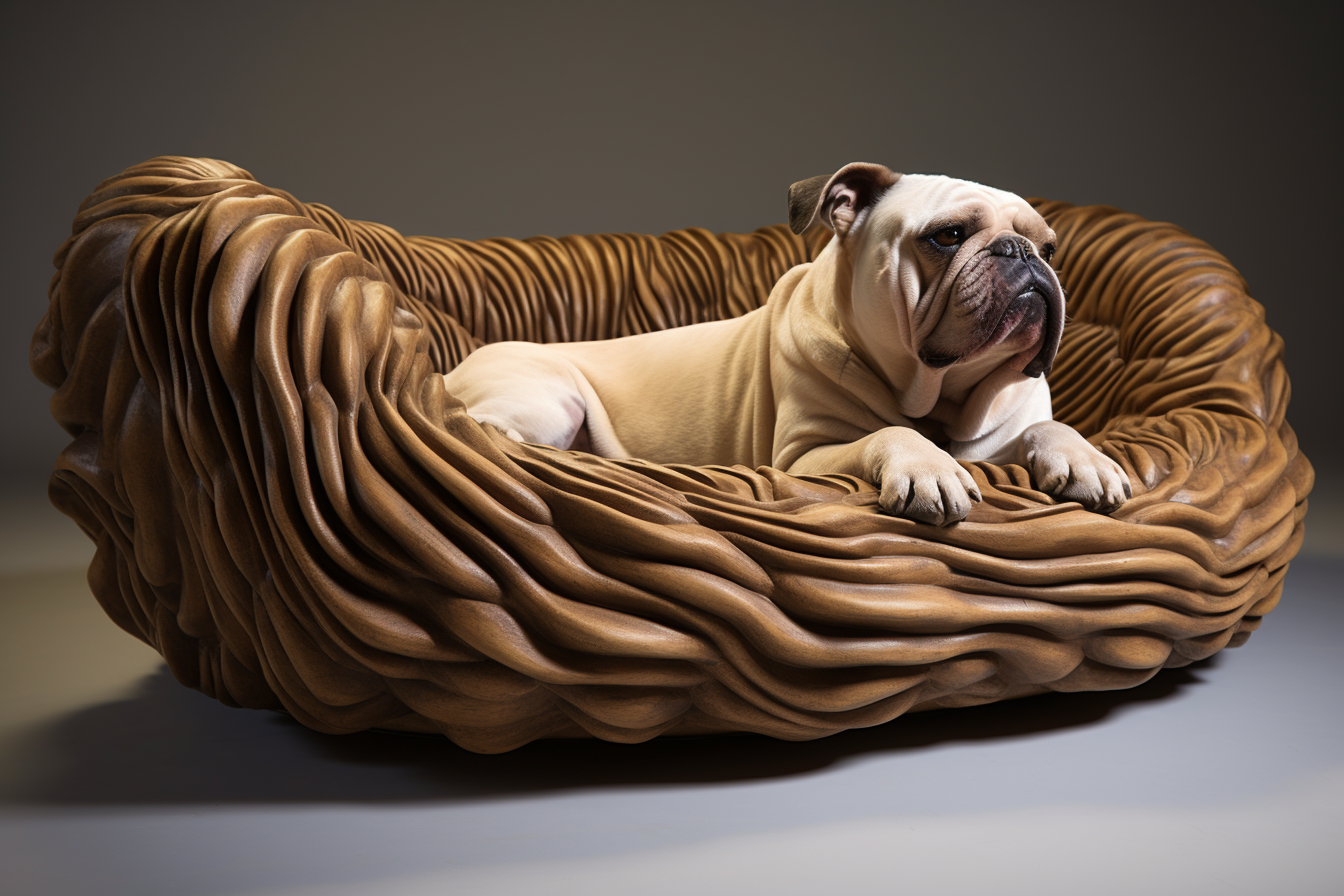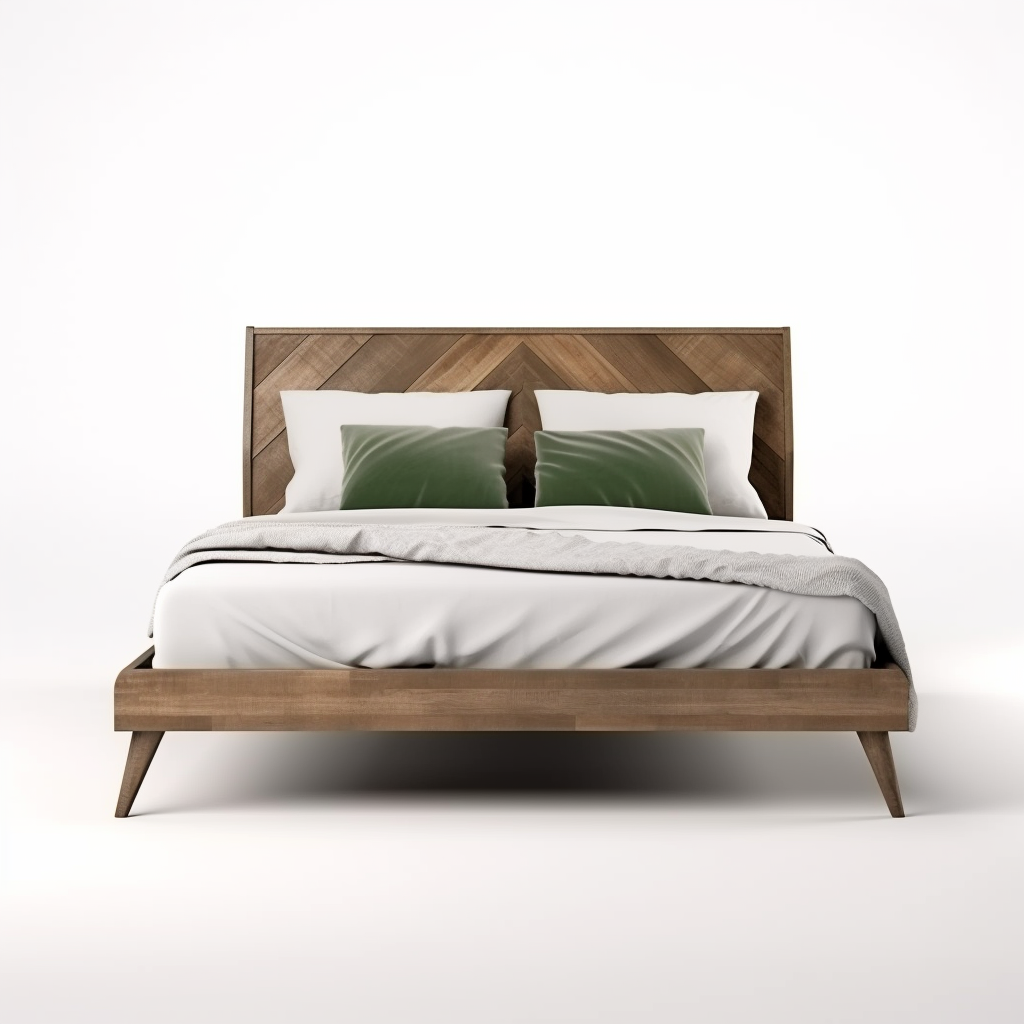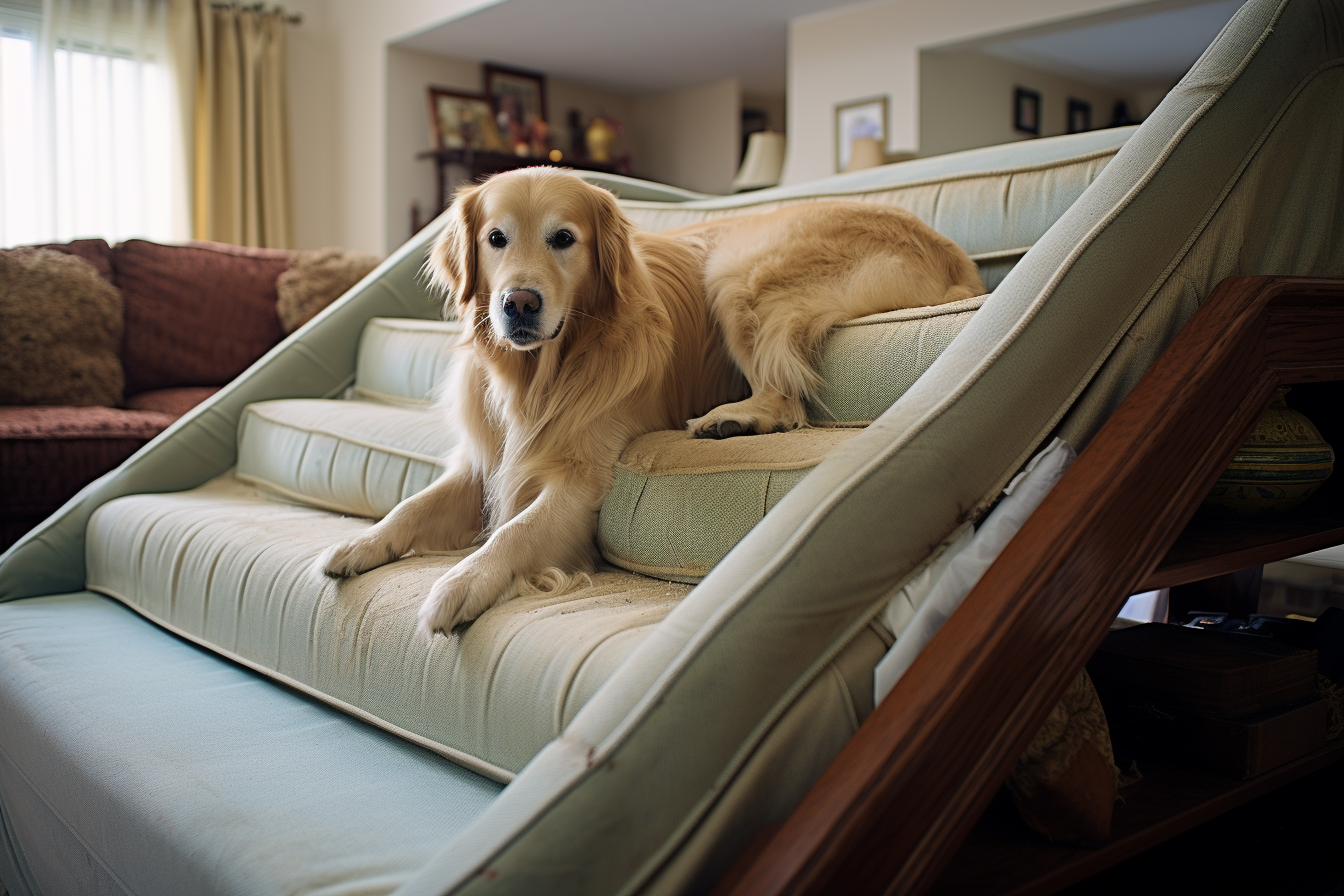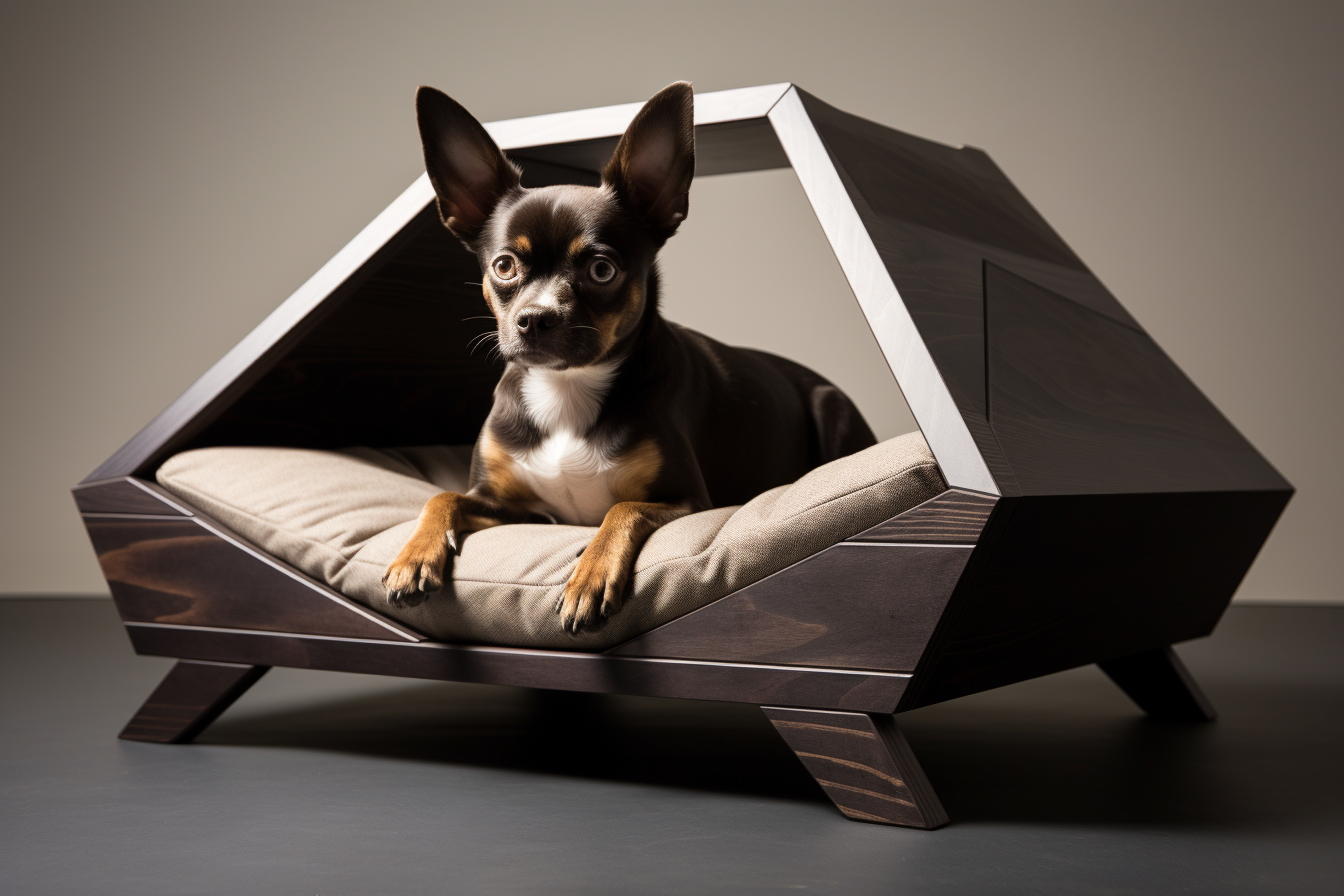As pets age or develop mobility issues, getting up on the bed can become increasingly difficult. Pet ramps provide the ideal solution to make bed access easy and safe. Ramps allow pets to preserve their dignity without the indignity of being hoisted onto furniture.
This comprehensive guide covers everything you need to select the perfect pet ramp for helping your dog or cat get comfortably and securely onto your bed. We’ll review key features, types, safety considerations and top rated ramp picks. Let’s help your furry friend rest easy again!
Table of Contents
ToggleBenefits of Pet Ramps
Quality pet ramps provide many advantages:
- Allows pets to access beds independently
- Eliminates dangerous jumping up/down
- Provides secure grip for traction
- Prevents joints/backs from injury
- Maintains pet’s confidence and dignity
- Safer alternative to chairs or stairs
- Portable for use anywhere needed
- Easy incline lessens anxiety of climbing
- Veterinarian recommended for mobility issues
Ramps reduce frustration and risks allowing your pet to comfortably access their favorite napping spots.
What to Look for in a Pet Ramp for Bed
Important factors when choosing a bed ramp for your dog or cat include:
Size
- Measure height needed from floor to bed
- Confirm ramp length spans the height
- Check if width fits your pet’s size
Slope
- Look for a gradual incline 15-30 degrees
- Wider ramps allow for lower angles
Materials
- Grippy surface for traction
- Sturdy yet lightweight for portability
- Durable, stable construction
Railings
- Provides security assisting pets up/down
- Ideal for elderly or disabled pets
The right size, slope, and design makes climbing stress-free and secure.
Top 5 Pet Ramps for Bed Access
Based on performance, portability, safety and pet owner reviews, here are the top pet ramps for helping dogs and cats access beds:
1. Pet Gear Tri-Fold Extra Wide Pet Ramp
- Skid-resistant surface for traction
- Lightweight yet supports 200 lb
- Built-in carry handle for portability
- 71” long x 36” wide
This folding extra wide ramp provides a gradual slope and grippy tread for small, elderly or disabled pets. The tri-fold design makes storage and transport easy. Pets feel steady and secure ascending and descending.
Available on Amazon starting at $149.95
2. PetSTEP Original Folding Pet Ramp
- Non-slip padding and high traction tread
- Adjustable rubber feet for stability
- Lightweight foam construction
- 4 size options from 30” to 80” long
This high-quality folding pet ramp is beloved for its secure grippiness and adjustable feet that prevent slipping. The high-density foam is sturdy yet easy to lift and move. An exceptional option for fragility and mobility issues.
Available on Amazon starting at $74.99
3. Solvit PupSTEP Plus 2-Step Bed & Couch Pet Stair
- Two-step design with rails
- Carpet tread for secure footing
- Lightweight yet sturdy
- Ideal for pets up to 120 lbs
- Optional removable ramp sold separately
For pets needing minimal rise help, this two-step pet stair with rails provides security and confidence. The stair units securely snap together and can integrate with a Solvit pupSTEP ramp. Gives pets a boost without stress.
Available on Amazon $69.95
4. PetSafe CozyUp Folding Pet Ramp
- High-traction ridged carpet tread
- Hinged folding design with quick latch
- Raised edges prevent slipping off sides
- Supports up to 150 lbs
- Available in 3 sizes up to 72” long
This affordable folding ramp suits both dogs and cats with its secure ridged surface and protective sides. The unique folding design latches for quick no-tool setup and portability. Provides stability and confidence for old, small or timid pets.
Available on Amazon starting at $66.95
5. Pet Gear Tri-Fold Pet Ramp
- Traction ridges and anti-slip grippers
- Easy to set up folding design
- Built-in handle and safety strap
- Supports up to 200 lb pets
- 3 length options from 39”-72”
Pet Gear’s standard folding ramp provides secure footing and excellent traction control for dogs and cats thanks to the deep ridges. The tri-fold lightweight design allows compact storage. Pets feel safe and steady climbing up.
Available on Amazon starting at $69.95
Any of these top-rated pet ramps can provide easy and safe access to your bed, couch or car.
Pet Ramp Materials to Look For
Pet ramps are constructed using:
- Plastic – Lightweight but can be slippery, needs added traction strip
- Wood – Provides good traction but heavier and bulkier
- Foam – Lightweight with enough traction when textured
- Carpet – Ensures footing but requires frequent vacuuming
- Rubber – Provides excellent grip and traction even if ramps get wet
Traction and stability prevent injuries from slipping. But portability also helps positioning ease.
Special Considerations for Cat Ramps
When shopping for cat ramps, look for these feline-friendly features:
- Carpeted or grippier surface for their paws
- Lower incline angle to account for smaller steps
- Railings or sides give them assurance
- Wide ramp for multiple cats at once
- Stability so ramp doesn’t shift or wobble
- Enough traction to dig in claws if needed
- Smooth rounded corners protect cats’ backs
Your cat will appreciate ramp qualities tailored for their small but agile abilities.
Training Your Pet to Use a Ramp
Here are tips for teaching your pet to use a new ramp:
- Place ramp in frequently used spots at first
- Encourage exploration then reward with praise or treats
- Don’t force them up initially if afraid
- Tempt with toys or treats to ascend and descend
- Praise lavishly once they start exhibiting willingness
- Slowly move ramp to intended spot as they gain confidence
- Stabilize ramp so it doesn’t move as they acclimate
With patience and treats, they’ll come to see the ramp as the route to their favorite napping place.
Safety Tips When Using Pet Ramps
Follow these precautions for safe pet ramp use:
- Check assembly and stability before first use
- Monitor pets initially until they acclimate
- Assist pets if needed but let them set the pace
- Keep ramps in well lit areas free of obstructions
- Place ramp feet on non-slip surfaces without hazards
- Avoid steep ramp angles exceeding 30 degrees
- Don’t exceed manufacturer’s recommended weight limits
- Discontinue use if ramps become damaged or unstable
Staying aware helps make ramp use safe, secure and confidence building.
How to Measure for a Pet Ramp
Follow these steps:
- Use a metal tape measure for accuracy
- Measure from the floor to the top of the bed
- Confirm bed height accounts for mattress and bedding
- Add 2-3 inches to allow pets a straight run-up
- For cats, ramps should have less than 30 degree angle
- For dogs, look for gentle 15-25 degree slope
Getting precise measurements ensures proper incline and rise height for a secure fit.
Angle Recommendations for Pet Ramps
Veterinarians suggest:
- Dogs – Optimal incline 15-25 degrees. Max 30 degrees.
- Cats – Require lower angles under 20 degrees. Max 30 degrees.
- Puppies / kittens – Very gradual incline under 20 degrees.
- Elderly pets – Slope no higher than 20-25 degrees.
- Injured or disabled pets – Ideally 10-15 degrees or less.
Check slope specs and measure angle before purchasing. Proper incline prevents strain.
Portable Pet Ramps vs. Stairs
Ramps and stairs both help pets access furniture more easily. Here’s how they compare:
Portable Pet Ramps
- Require less floor space
- Provide a straight gradual slope
- Lower incline safer for elderly or disabled
- Easier to reposition as needed
- Provide unobstructed access
Pet Stairs
- Work for pets unwilling to walk up ramps
- Let pets choose own pace on steps
- Offer natural familiar motion like human stairs
- Require pets able to use multiple steps
If your pet can handle stairs safely, then personal preference dictates. But ramps are often the easiest and most secure solution.
Do Pet Ramps Really Work?
Pet ramps can work extremely well when:
- Appropriate ramp angle and slope for pet’s abilities
- Width/depth fits pet’s size and mobility style
- Secure non-slip tread for stable footing
- Lightweight yet sturdy construction doesn’t shift
- Ramp positioned for straight secure approach/descent
- Pet eased into ramp use slowly without forcing
- Plenty of rewards given for ramp usage
- Owners remain patient – acclimation can take time
With the right ramp features and approach, pets should gradually embrace ramps for safely accessing their favorite napping spots.
Standard Pet Ramp Styles and Options
Standard Ramps – Straight or folding ramps in variety of sizes
Steps – Combination ramp with built-in steps for gradual climb
Telescoping – Adjustable extension ramps for customizable length
Couch/Bed Risers – Mini ramps for individuals steps up
L-Shaped Corner – Ramp fits around furniture corners
Outdoor – Ramps with weatherproof and UV resistant construction
Consider the layout, positioning needs and pet’s abilities when choosing ramp shape and configuration.
Special Considerations for Disabled or Elderly Pets
For disabled or aging pets, look for ramps with:
- Very gradual slope 10-15 degrees
- Wider ramp space for them to turn and sit
- Deep ridged tread for secure grip ability
- Railings/side guards prevent falling off
- Easy folding compact storage
- Lightweight to carry and reposition
- Available in extra small pet sizes
Your veterinarian can recommend appropriate ramp specifications and incline angle for your pet’s needs and limitations. Focus on stability, security and comfort.
Troubleshooting Problems With Pet Ramps
Slipping or struggling on incline – Add grippy treads or carpet. Lower angle with a wider ramp.
Unwilling to climb – Tempt with treats. Use ramp alongside stairs to start. Praise lavishly once they try ramp.
Ramp moves during use – Ensure rubber feet grip surface. Add weights. Check for damage allowing wobbling.
Ramp too steep – Measure incline angle and compare to vet guidelines. Get a ramp with lower rise.
Pet seems afraid – Don’t force. Let them approach and adjust gradually. Offer praise and treats for any attempt.
Ramp too narrow – Look for ramp width allowing paws/body on tread. Wide ramps allow for gentler slope.
Pet Ramp Maintenance Tips
- Check steps and traction strips monthly for wear
- Tighten any loose fasteners or hardware immediately
- Clean carpeted ramps frequently to prevent buildup
- Keep hinges and joints lubricated for smooth operation
- Watch for damage, warping or structural issues
- Discontinue use if any portion becomes hazardous
- Verify weight limits before allowing larger pets
With regular inspections and care, quality pet ramps provide years of service.
Signs It’s Time to Replace a Pet Ramp
Look for these indicators a pet ramp should be retired:
- Slipperiness, reduced traction or smooth treads
- Major dents, cracks, or damage to frame
- Wobbliness, instability or tipping
- Sections no longer fitting together properly
- Warping or bending of ramp
- Obstacles, tripping points or gaps between steps
- Incline steepness exceeding vet guidelines
- Pet struggling, resisting or avoiding ramp
Prioritizing your pet’s safety and mobility means replacing damaged ramps before they cause injury.
Pet Ramp Training Tips
Here are useful tips for ramp training:
Go Slowly
Don’t rush or force your pet. Let them approach and investigate the ramp fully before trying to ascend. Early positive associations prevent fear.
Offer Temptations
Use favorite treats to entice and reward your pet for moving closer toward or onto the ramp. Praise lavishly at each step of progress.
Provide Assurance
Keep ramps steady and stable so they don’t wobble or move as your pet acclimates. Shake-proof bolts can help. Offer verbal encouragement.
Allow Time
Some pets, especially cats, may take days or weeks to accept ramps. Let them set the pace. Don’t get frustrated. Keep sessions positive.
Watch for Readiness Signals
When your pet begins willingly putting weight on the ramp, it signals they are ready for you to stabilize it as they move fully on. But don’t rush ahead of their confidence.
Expand Where Ramp is Used
Once your pet seems comfortable using the ramp in one spot, gradually move it small distances to help them generalize ramp use for multiple locations.
Wean Off Treats Slowly
As your pet gets comfortable, slowly reduce treats for using the ramp, spacing them out during a session until you can eventually phase them out altogether.
Pet Ramp FAQs
How much weight can pet ramps hold?
Check manufacturer specs, but quality ramps hold 80-200+ lbs. Measure your pet’s full adult weight before choosing ramp load capacity.
How steep can pet ramps be?
Vet recommended angles are 10-25 degrees for dogs and 10-20 degrees for cats. Measure your ramp incline to ensure it’s within safe guidelines.
Where should pet ramps be placed?
Near furniture you want your pet to access, like beds, sofas or cars. Look for sturdy, stable surfaces and watch for tripping hazards nearby.
Can pet ramps be used outside?
Some have outdoor safe non-slip construction. But most work best indoor only. Bring them in when not in use to prevent weather damage.
How much do pet ramps cost?
From around $30 for mini furniture risers up to $250+ for larger folding ramps. Measure how much incline height you need when pricing different lengths.
Bottom Line
Pet ramps allow your dog or cat to comfortably access your bed and other furniture again with compassion and dignity. This prevents injuries from jumping down or straining to climb up. With the right size, slope, and design tailored for your pet’s abilities and limitations, ramps make furniture accessibility safe and secure again.
Author
-

Dr. Barry Jarvis is a renowned sleep specialist, dedicating their illustrious career to the intricate world of sleep medicine. Holding a medical degree from a prestigious institution, Dr. Jarvis has cultivated a deep understanding of the complex mechanisms that govern sleep and its pivotal role in overall health and well-being. With a compassionate approach and a meticulous eye for detail, Dr. Jarvis has helped countless individuals reclaim restful nights and vibrant days. Beyond their clinical expertise, they have contributed to groundbreaking research in sleep medicine, unraveling the mysteries of sleep disorders and pioneering innovative treatments that stand at the forefront of the field.
Dr. Barry Jarvis
Dr. Barry Jarvis is a renowned sleep specialist, dedicating their illustrious career to the intricate world of sleep medicine. Holding a medical degree from a prestigious institution, Dr. Jarvis has cultivated a deep understanding of the complex mechanisms that govern sleep and its pivotal role in overall health and well-being. With a compassionate approach and a meticulous eye for detail, Dr. Jarvis has helped countless individuals reclaim restful nights and vibrant days. Beyond their clinical expertise, they have contributed to groundbreaking research in sleep medicine, unraveling the mysteries of sleep disorders and pioneering innovative treatments that stand at the forefront of the field.









